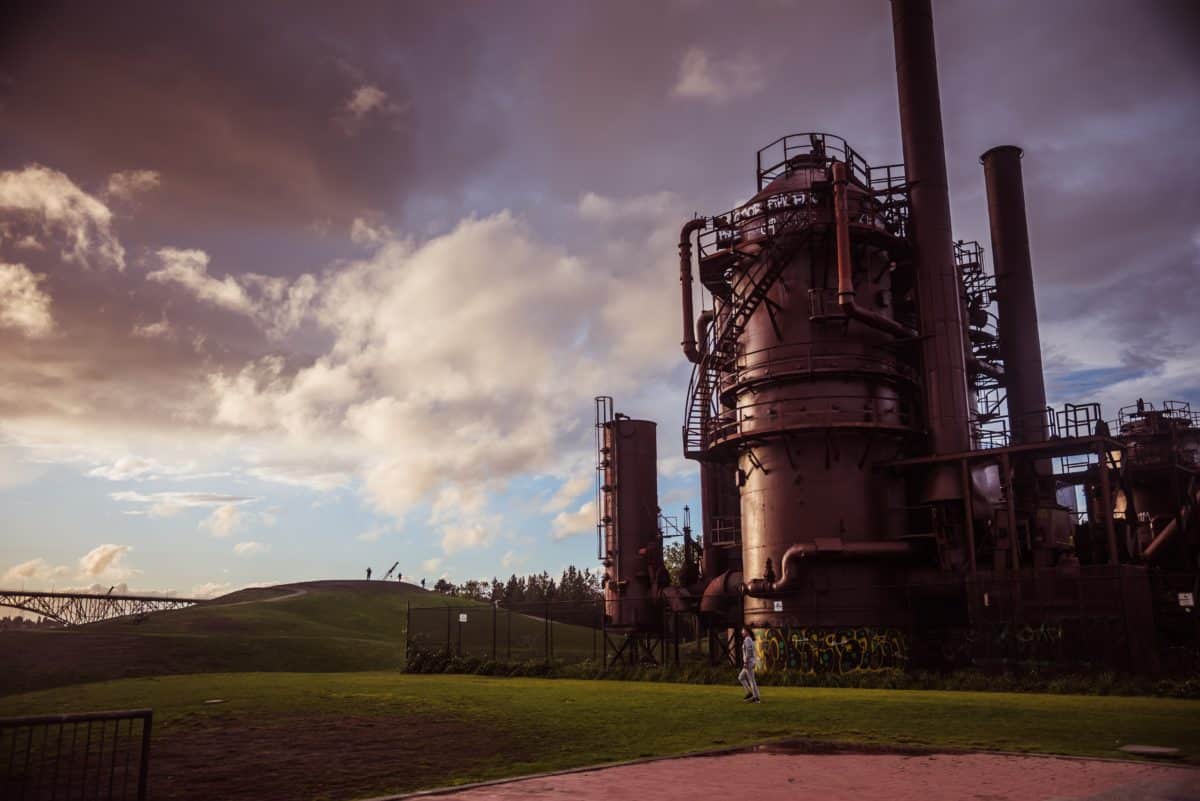
US Gas Imports Surge Amid Russia Sanctions
The world of gas trading is on the brink of a seismic shift, and the United States is poised to take centre stage. Recent developments, including sanctions on Russia’s gas and strategic infrastructure improvements, are set to catapult US liquefied natural gas (LNG) imports to the European Union (EU) by a staggering 50% or more by 2030. In the following sections, we’ll explore the factors driving this surge and the implications for global energy dynamics.
The Rise of US Dominance
According to a former European Commissioner for Energy, the US currently contributes slightly over 20% of the EU’s total gas imports, accounting for approximately 45% of LNG. However, Piebalgs anticipates a significant uptick in these figures, with the US share expected to grow from 20% to at least 30% and potentially even double by 2030. This surge is fueled by a combination of sanctions on Russia’s gas and the impending operation of new US liquefaction facilities.
Piebalgs highlights that the relative decrease in Russia’s share of EU gas imports, driven by EU sanctions and calls for a “full closure” of the market to Russian fossil fuels, creates a void that the US is strategically positioned to fill. As of 2026, the US is projected to substantially increase liquefaction facilities, further strengthening its capacity to cater to the growing demand for LNG in the EU.
Alternative Suppliers and Global Dynamics
While the US takes the spotlight, other alternative suppliers are also in the spotlight. Piebalgs suggests that Algeria lacks the reserves for substantial production increases. Qatar, although a major player, is heavily focused on Asian markets. However, Azerbaijan, currently supplying 4% of all EU imports, could step up production to address the supply gap arising from the decline in Russian gas.
The dynamics of Russian gas are changing, and the EU is reevaluating its energy sources to ensure security and sustainability. As geopolitical tensions impact traditional suppliers, the EU is exploring diverse alternatives to safeguard its energy future. This diversification includes seeking additional suppliers and investing in renewable energy sources.
US Gas Production Surge
Beyond geopolitical shifts, the surge in US gas imports is underpinned by a remarkable increase in domestic gas production. According to S&P Global Commodity Insights, US dry natural gas production in the Lower 48 states reached an unprecedented monthly high of 104.9 billion cubic feet per day in November 2023. This represents a 3.3% increase from the 2022 annual average.
During the current report week, international natural gas futures prices experienced a notable decline.
The surge in production is particularly concentrated in three key regions: Appalachia, Permian, and Anadarko. The Appalachia region, the largest natural gas-producing area in the US, experienced a notable 1.5 Bcf/d increase in production. The Permian region, the second-largest producer, contributed a 1.0 Bcf/d increase, fueled by rising crude oil and associated natural gas production. Meanwhile, the Anadarko region in Oklahoma witnessed a 0.6 Bcf/d increase.

Investing in Natural Gas: A Lucrative Opportunity
The surge in US gas imports presents a compelling opportunity for investors eyeing the energy sector. As the global energy landscape undergoes a transformative shift, allocating resources to companies involved in LNG production, transportation, and infrastructure development could yield significant returns.
The demand for Russian gas news and updates on natural gas news today is at an all-time high, with investors closely monitoring geopolitical developments, production trends, and market dynamics. In such a dynamic environment, staying informed and agile is crucial for making well-informed investment decisions.
How the US Emerges as a Powerhouse in Global Gas Trading
The world of gas trading is experiencing a paradigm shift, with the US emerging as a key player in the global energy landscape. The impending sanctions on Russia’s gas, coupled with strategic infrastructure improvements and a surge in US gas production, position the United States as a dominant force in supplying LNG to the European Union. As the EU seeks to diversify its energy sources and reduce dependence on traditional suppliers, the US is set to play a pivotal role in shaping the future of gas trading.
In this era of evolving energy dynamics, the prudent investor recognises the potential of investing in natural gas. The lucrative opportunities presented by the surge in US gas imports underscore the importance of staying attuned to market trends and geopolitical shifts. As the curtains rise on this new chapter in gas trading, those who navigate the currents wisely stand to reap substantial rewards. The era of US dominance in gas trading has dawned, and investors would do well to position themselves at the forefront of this transformative wave.
The post US Gas Imports Surge Amid Russia Sanctions appeared first on FinanceBrokerage.

